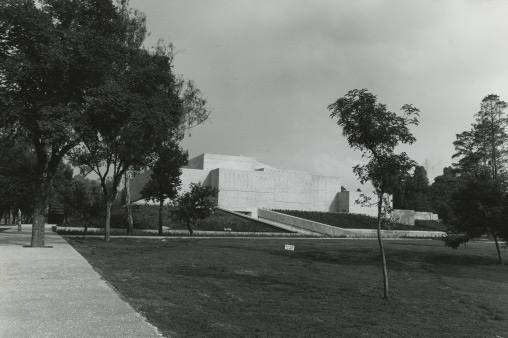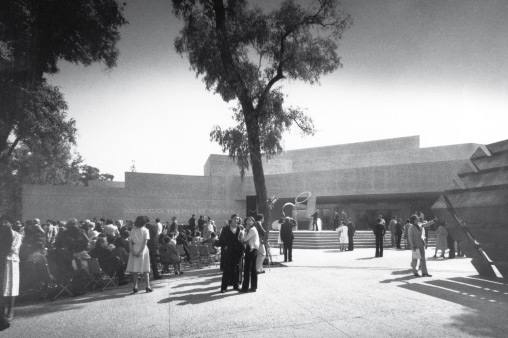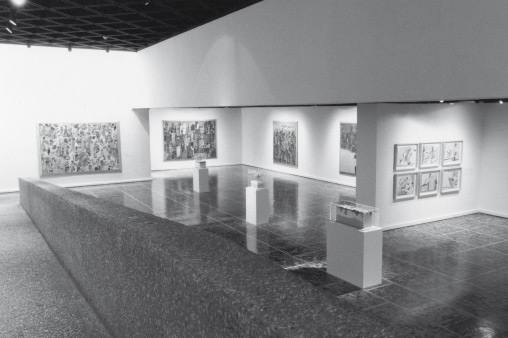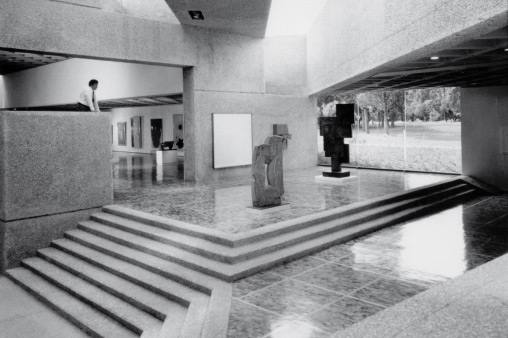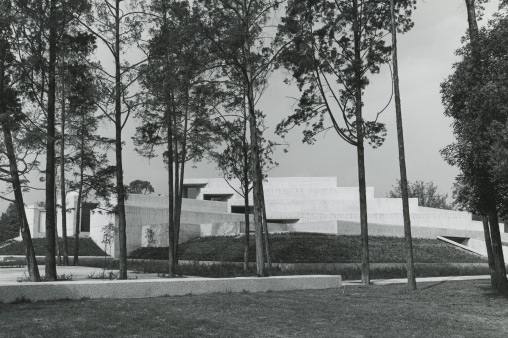Since the late sixties, Rufino Tamayo (Oaxaca, 1899 - Mexico, 1991) began to acquire artworks to form a collection of international contemporary art. The artist donated this collection in order to provide the Mexican public with an approach to the art of the twentieth century and, with the same goal, to prompt the creation of the Museo Tamayo, which would house it. He worked closely with the architects Abraham Zabludovsky and Teodoro González de León in the design and construction of the museum. The building, since the beginning, was planned and considered as another piece of the collection. This cultural site was opened on May 29th, 1981 sponsored by Alfa Group and Televisa Cultural Foundation. Five years later, the museum became part of the national heritage under the administration of the Instituto Nacional de Bellas Artes, with a reopening on September 9th, 1986. In 1989, in order to support the museum for its optimal functioning, Olga and Rufino Tamayo created the foundation that bears their names: Olga and Rufino Tamayo Foundation. The painter died a few years later, in 1991, leaving the museum in the hands of a group of public and private actors that have ensured the continuity of the project throughout the years. The vocation of modernity and openness to the world that encouraged Tamayo remains current in the commitment to maintain the museum’s presence at the international contemporary art scene.
